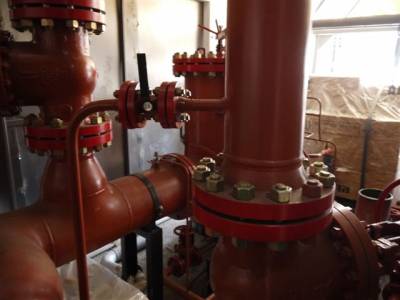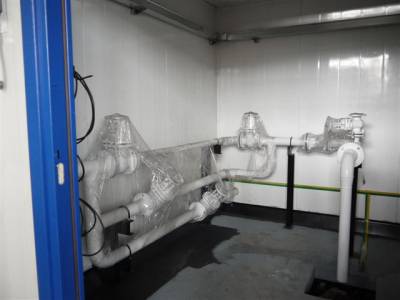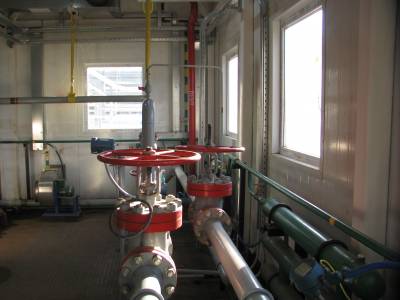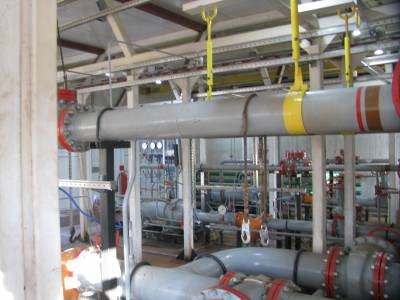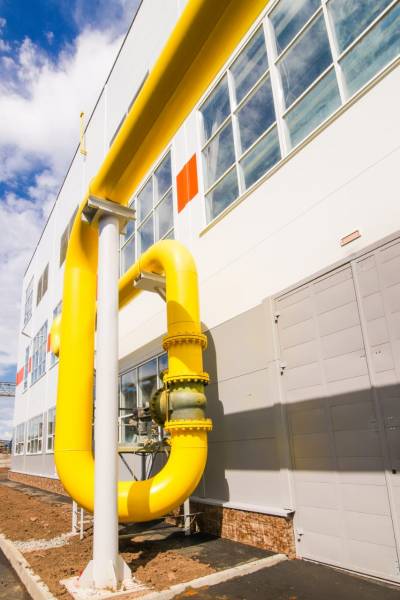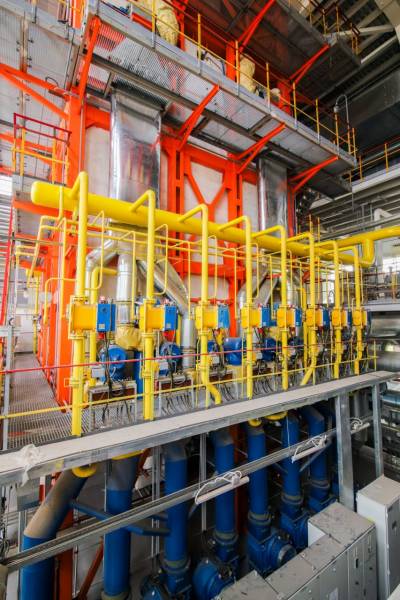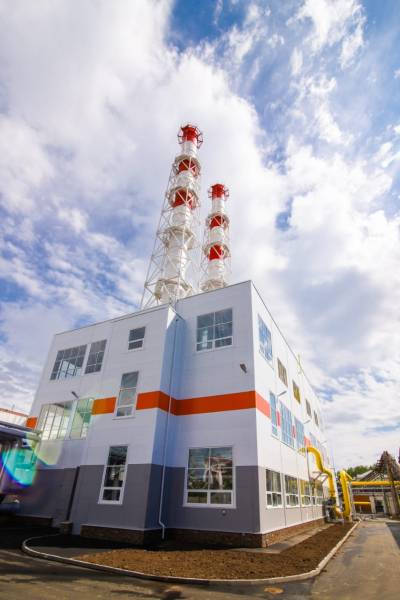Block-modular, prefabricated structures are a collapsible structure, where each module is an independent element. The modules are manufactured under industrial conditions, from materials resistant to temperature extremes and loads, which makes it possible to erect buildings in any climatic conditions. For the manufacture of load-bearing structures, high-strength steel is used. The metal frame is sheathed with panels from the outside and from the inside. Completely finished modules are delivered to the facility, where they are assembled into a single structure.
Prefabricated modular buildings are the best way to minimize construction time and financial costs. Such structures can be adapted for any purpose. The main types of manufactured and designed equipment include:
Pumping stations and block boxes for various purposes:
formation pressure maintenance stations;
pumping stations above the artesian well;
fire fighting pumping stations;
pumping stations;
sewer pumping stations.
Commercial and operational oil metering units:
industrial hangars, production shops and warehouses;
shops, shopping centers, catering establishments;
sports and recreation complexes, sports grounds, skating rinks;
hotels and hostels;
change houses, economic blocks, canteens;
workshops, service stations;
entertainment centers, educational and social institutions;
bath and laundry facilities, shift camps, construction camps;
medical points;
office space, administrative buildings.
Depending on the purpose of the building, various finishing options are used.
The popularity of building using modular technology is explained by its advantages, the main of which is the speed of construction of structures — 45-60 days. The modules are delivered to the facility in finished form; a minimum of installation and finishing work is required to put the building into operation. And if for capital construction it is necessary to obtain a number of permits from various authorities, then for prefabricated buildings such a number of approvals are not required.
The technology has other advantages:
low cost due to the use of mass-produced panels and the absence of serious preparatory work;
ease of installation;
the ability to quickly dismantle the structure;
the possibility of bringing engineering communications to the structure and laying them inside the building;
the possibility of erecting objects on any type of soil, including unstable soils;
long service life of modular structures (20-30 years).
Modular structures have a relatively low weight, which makes it possible to erect buildings on a lightweight foundation or without a foundation at all on a prepared site. The modules have fixed shipping dimensions. This simplifies the process of delivering structural elements to a construction site, which is especially important for remote and hard-to-reach areas.





